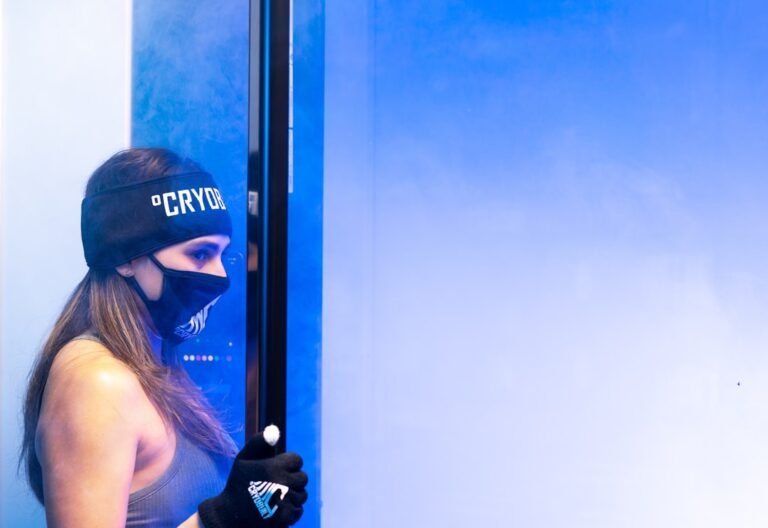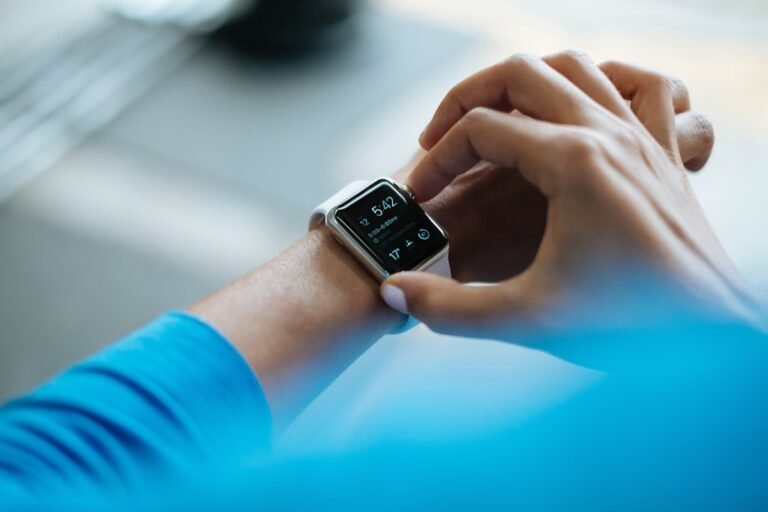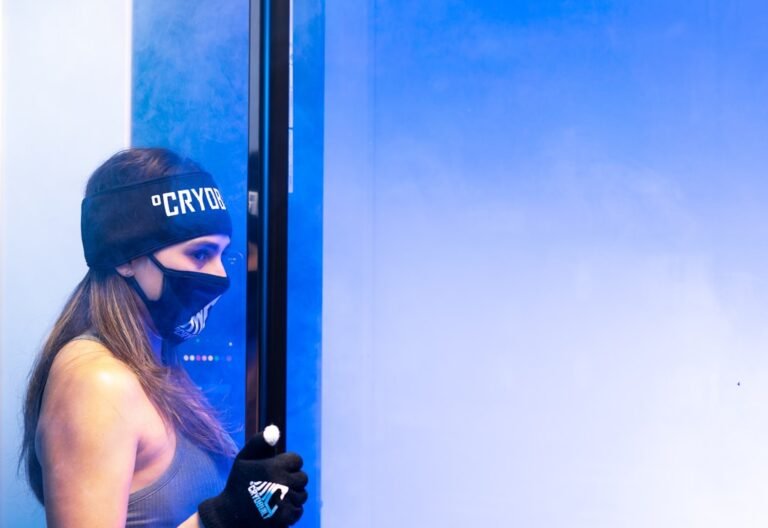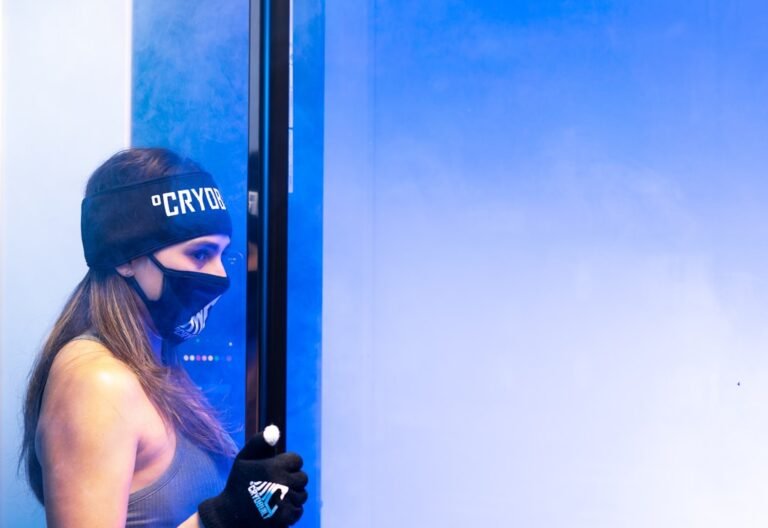What Can You Realistically Expect from Cryotherapy Results in London?
Cryotherapy has gained popularity in recent years, especially in cities like London where people are constantly seeking new and innovative ways to improve their health and well-being. Cryotherapy involves exposing the body to extremely cold temperatures for a short period of time, typically ranging from two to four minutes. This treatment is believed to have numerous benefits, including muscle recovery, pain management, weight loss, and even stress reduction.
Summary
- Cryotherapy is a popular treatment in London that involves exposing the body to extreme cold temperatures.
- The science behind cryotherapy involves triggering the body’s natural healing response and reducing inflammation.
- Athletes can benefit from cryotherapy by reducing muscle soreness and improving recovery time.
- Cryotherapy can also be used for pain management, skin conditions, weight loss, and stress and anxiety.
- While cryotherapy is generally safe, there are some risks and side effects to be aware of before trying it.
Understanding the Science Behind Cryotherapy
The science behind cryotherapy lies in its ability to activate the body’s natural healing mechanisms. When exposed to extreme cold temperatures, the body goes into survival mode and redirects blood flow to vital organs in order to maintain core temperature. As a result, the blood becomes enriched with oxygen, nutrients, and enzymes. Once the body is removed from the cold environment, the enriched blood rushes back to the peripheral tissues, promoting healing and reducing inflammation.
On a cellular level, cryotherapy triggers a process called vasoconstriction, which causes blood vessels to constrict and then dilate once the body is removed from the cold environment. This process helps to flush out toxins and waste products from the muscles and tissues, while also delivering fresh oxygen and nutrients. Additionally, cryotherapy stimulates the release of endorphins, which are natural painkillers that can help reduce discomfort and improve mood.
Benefits of Cryotherapy for Athletes
Athletes often turn to cryotherapy as a way to enhance their performance and aid in muscle recovery. The extreme cold temperatures help to reduce inflammation in the muscles and joints, which can be especially beneficial after intense training sessions or competitions. Cryotherapy also helps to increase blood circulation, which can speed up the healing process and reduce muscle soreness.
In addition to reducing inflammation, cryotherapy can also help athletes by increasing their energy levels and improving their overall endurance. The cold temperatures stimulate the release of adrenaline and other hormones, which can provide a natural energy boost. This can be particularly useful for athletes who need to perform at their best during competitions or intense training sessions.
Cryotherapy for Pain Management
Cryotherapy has been found to be effective in managing pain, particularly for individuals suffering from chronic conditions such as arthritis or fibromyalgia. The extreme cold temperatures help to numb the nerves and reduce inflammation, providing temporary relief from pain. Cryotherapy can also help to reduce the production of certain chemicals in the body that are associated with pain and inflammation.
Furthermore, cryotherapy can be used as a complementary treatment for acute injuries, such as sprains or strains. The cold temperatures help to reduce swelling and inflammation, which can help speed up the healing process. Many athletes and individuals recovering from injuries turn to cryotherapy as a way to manage pain and promote faster recovery.
Cryotherapy for Skin Conditions
Cryotherapy has also been found to have benefits for the skin. The extreme cold temperatures help to stimulate collagen production, which can improve skin tone and elasticity. This can be particularly beneficial for individuals who are looking to reduce the appearance of fine lines and wrinkles.
In addition to improving skin tone, cryotherapy can also help with certain skin conditions such as eczema or psoriasis. The cold temperatures help to reduce inflammation and itchiness, providing relief for individuals suffering from these conditions. Cryotherapy can also help to improve blood circulation to the skin, which can promote a healthier complexion.
Cryotherapy for Weight Loss
Cryotherapy has gained attention as a potential aid in weight loss. The extreme cold temperatures cause the body to work harder to maintain its core temperature, which can increase metabolism and calorie burn. Some studies have shown that cryotherapy can help individuals burn up to 800 calories in a single session.
Furthermore, cryotherapy has been found to activate brown fat cells, which are responsible for burning calories to generate heat. By increasing the activation of these cells, cryotherapy can help individuals burn more calories even after the session is over. However, it is important to note that cryotherapy should not be used as a standalone weight loss method, but rather as a complement to a healthy diet and exercise routine.
Cryotherapy for Stress and Anxiety
In addition to its physical benefits, cryotherapy has also been found to have positive effects on mental health. The extreme cold temperatures help to stimulate the release of endorphins, which are natural mood boosters. This can help reduce stress and anxiety, promoting a sense of relaxation and well-being.
Furthermore, cryotherapy can also help individuals who suffer from insomnia or sleep disorders. The cold temperatures help to calm the nervous system and promote relaxation, making it easier for individuals to fall asleep and stay asleep throughout the night. Many individuals who struggle with stress or anxiety turn to cryotherapy as a way to find relief and improve their overall mental well-being.
Risks and Side Effects of Cryotherapy
While cryotherapy is generally considered safe, there are some potential risks and side effects that individuals should be aware of. The extreme cold temperatures can cause skin burns or frostbite if proper precautions are not taken. It is important to protect sensitive areas of the body, such as the hands and feet, with gloves and socks during the session.
Some individuals may also experience dizziness or lightheadedness during or after a cryotherapy session. This is typically due to the sudden drop in body temperature and blood pressure. It is important to listen to your body and communicate any discomfort or concerns with the cryotherapy technician.
What to Expect During a Cryotherapy Session
During a cryotherapy session, individuals will enter a cryotherapy chamber or booth that is cooled using liquid nitrogen or refrigerated cold air. The individual will typically wear minimal clothing, such as shorts and a tank top, to allow for maximum exposure to the cold temperatures. The session typically lasts for two to four minutes, during which time the individual will be monitored by a cryotherapy technician.
It is important to note that cryotherapy can be a shock to the system, especially for individuals who are not accustomed to extreme cold temperatures. It is normal to feel a tingling or numbing sensation during the session, but this should subside once the body is removed from the cold environment. After the session, individuals may experience a rush of endorphins and increased energy levels.
Is Cryotherapy Right for You?
In conclusion, cryotherapy can offer numerous benefits for individuals looking to improve their health and well-being. From athletes seeking muscle recovery and pain management to individuals looking to improve their skin tone or lose weight, cryotherapy has something to offer for everyone. However, it is important to consider the potential risks and side effects before undergoing cryotherapy.
If you are considering cryotherapy, it is recommended to consult with a healthcare professional or cryotherapy technician to determine if it is right for you. Individuals with certain medical conditions, such as Raynaud’s disease or cold allergies, may need to avoid cryotherapy. Additionally, pregnant women and individuals with certain cardiovascular conditions should also avoid cryotherapy.
Overall, cryotherapy can be a valuable tool in improving physical and mental well-being. However, it is important to approach it with caution and listen to your body’s needs. With proper precautions and guidance from a healthcare professional, cryotherapy can be a safe and effective treatment option.






